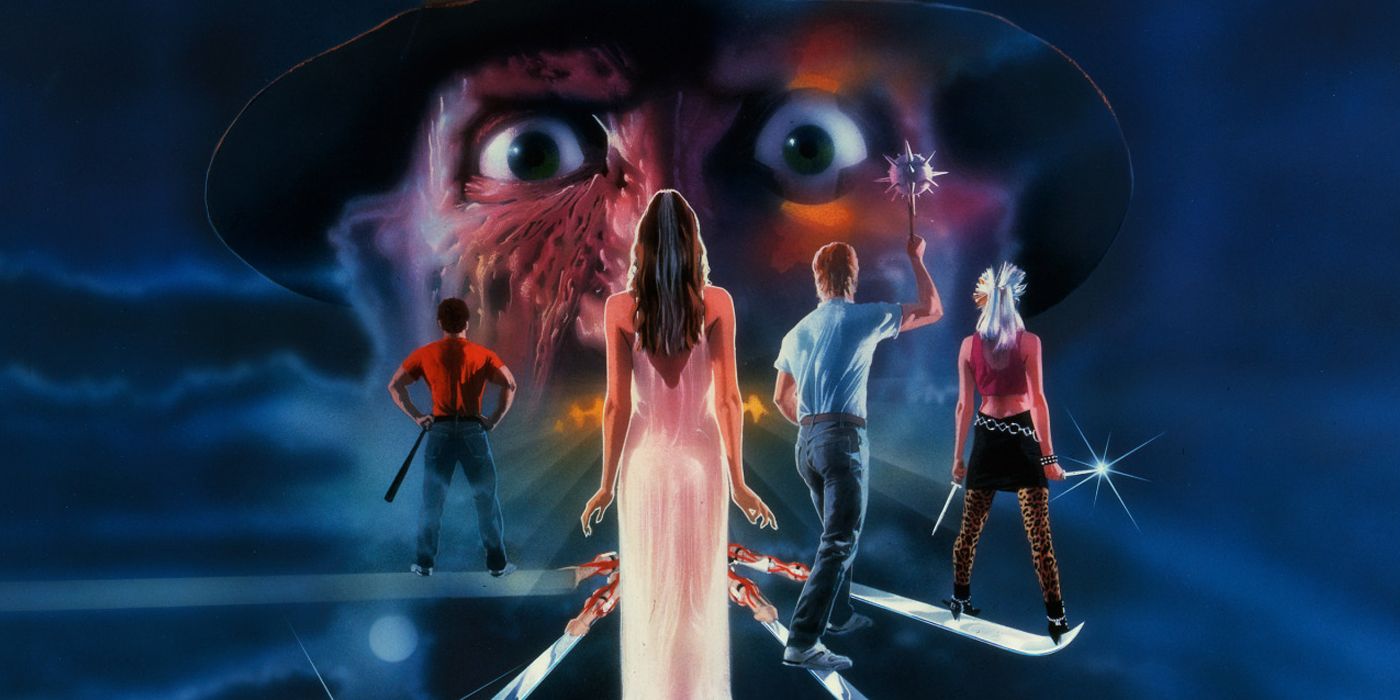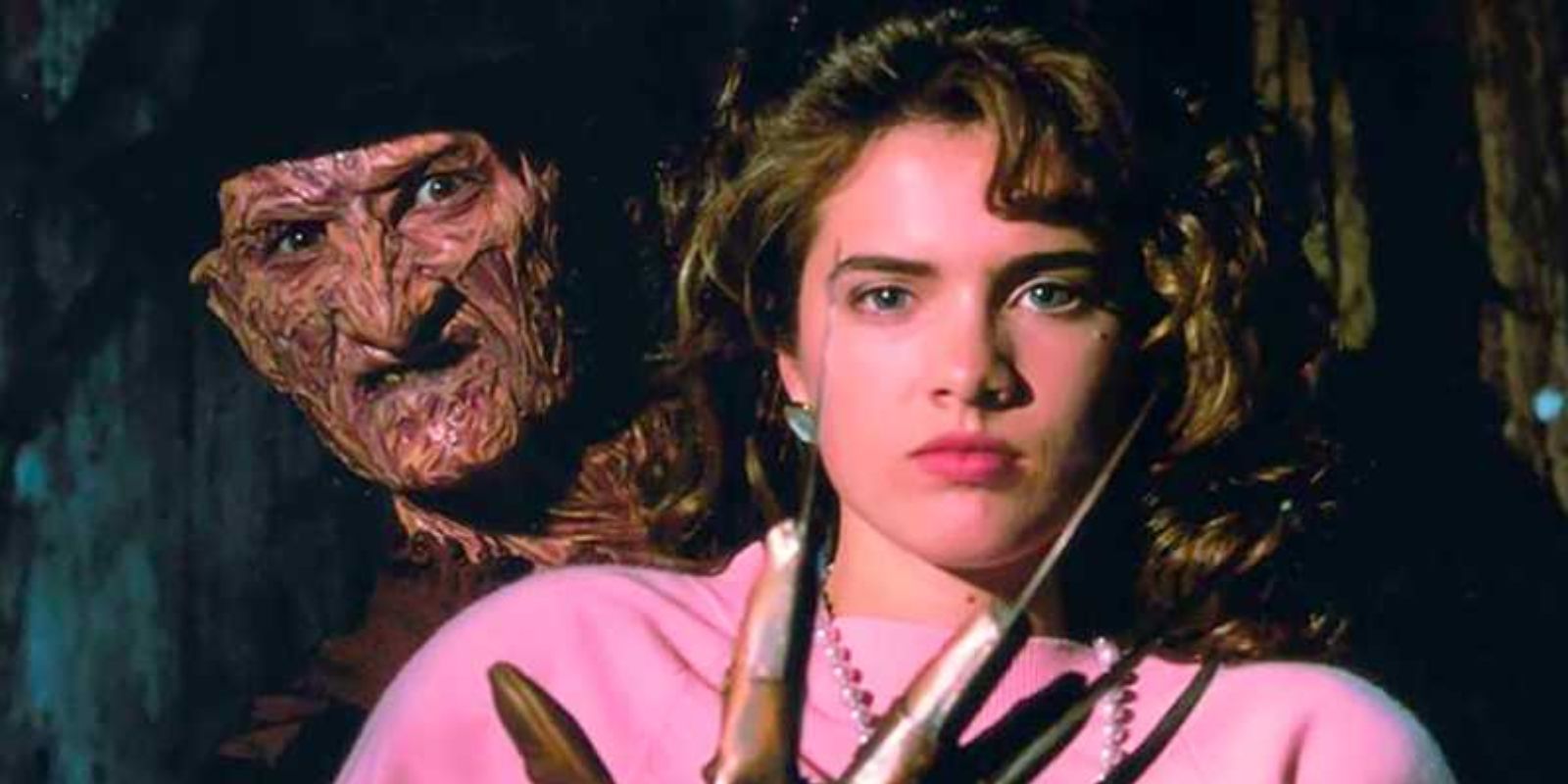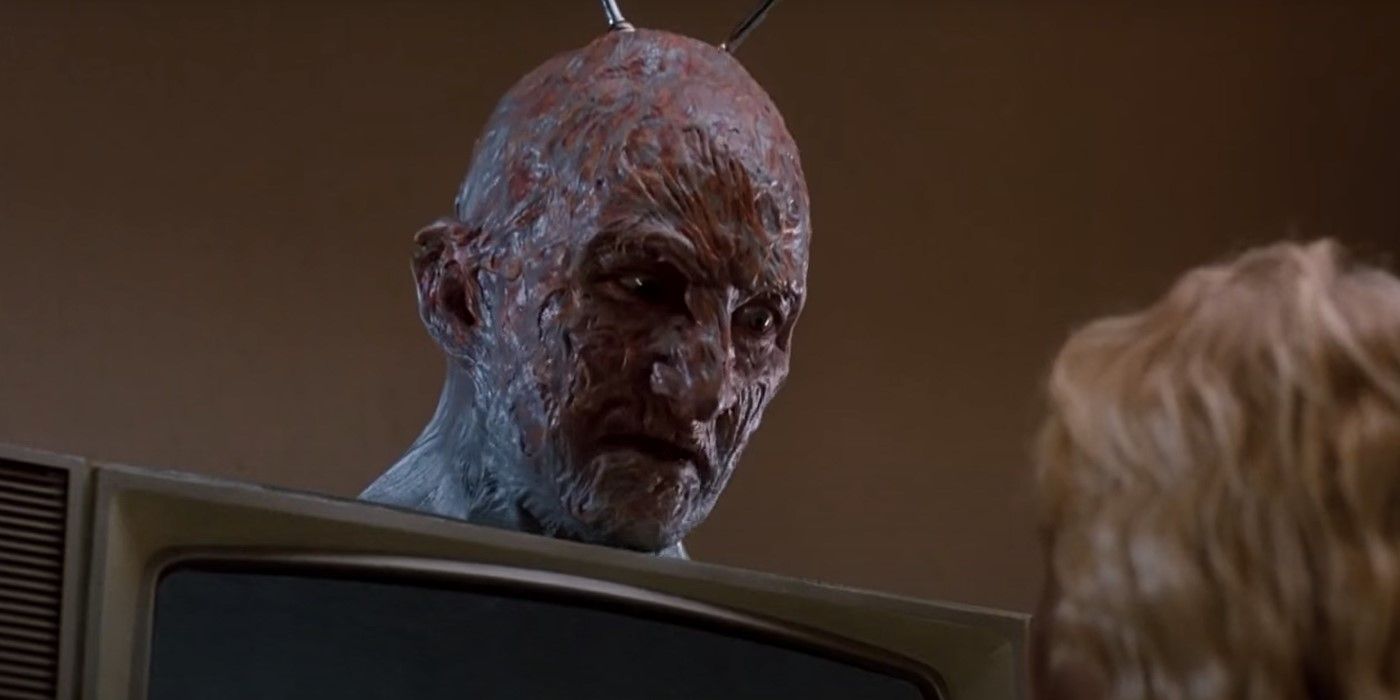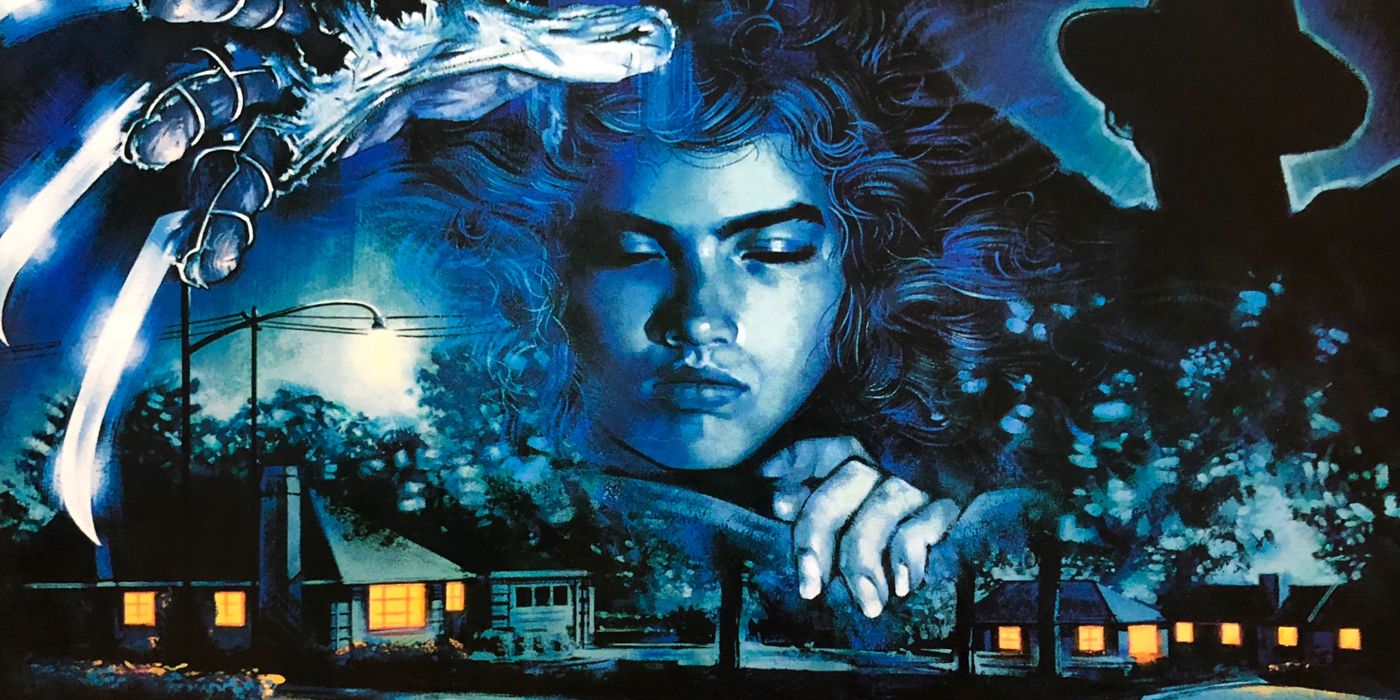Were there a Mount Rushmore of horror erected, it's just short of incontrovertible that the scarred face of Freddy Krueger would be etched into the mountainside, leering at swarms of hypothetical tourists from its rocky perch. Invented monuments to terror aside, Nightmare on Elm Street holds a special place in the hearts of horror fanatics everywhere. Originally released in 1984, at the tail end of what is now remembered as the 'Golden Age of Slashers,' Nightmare on Elm Street was a massive hit. Despite the slasher genre's quick recession from mainstream cultural favor, Wes Craven's masterpiece separated itself from the flood of splattery exploitation programmers by tapping into key universal fears with a surrealist's eye and a touch of twisted humor.
The first sequel was a failure, critically and commercially, due in part to Craven's absence from the project entirely. But 1987's Nightmare on Elm Street 3: Dream Warriors returned to the source of the series' creative genesis, bringing Craven back into the fold on writing duty (with the aid of one Frank Darabont). What resulted was a third story much closer to the original in spirit, with some crucial expansions to the franchise lore that garnered far greater acclaim than expected.
The film centers around a group of teens confined to a mental hospital after suicide attempts driven by a 'collective hallucination' that is, in actuality, the villainous Freddy Krueger. Led by Patricia Arquette's Kristen Parker and a returning Heather Langenkamp as original Nightmare on Elm Street protagonist Nancy Thompson, the teens face off against Krueger in inventively gory fashion. Thanks to the discovery of Kristen's ability to pull her compatriots into dreams alongside her, the group of sleepless adolescents uncover their own dream powers. All this culminates in the titular Dream Warriors banding together to defeat Freddy.
Like Nightmare on Elm Street 3, Prioritize Character Development
With Halloween, Hellraiser, Evil Dead, Chucky, and soon Friday the 13th back on screen in some capacity, the time feels right for Nightmare on Elm Street to join them. Rather than another failed remake of the original picture, the powers-that-be would do well to utilize Dream Warriors as a better blueprint. Robert Englund's Freddy is an iconic character, and like Batman or Spider-Man before him, the idea of another origin story is a groan-worthy proposition. Dream Warriors allows Freddy to exist fully formed. As such, the development of well-realized, relatable protagonists is prioritized. These aren't the prototypically faceless rabble of promiscuous teens, marked as mere fodder for Krueger's knife-gloved hands. The time and care allotted allows the audience to invest in each character's journey, making it that much more horrifying when sleep (and Krueger) does inevitably take them.
A Nightmare on Elm Street Reboot's Visual Possibilities Are Endless
Additionally, Dream Warriors is the first film in the seminal franchise that truly attempts to depict surrealism tantamount to dreams and nightmares. While the original Nightmare on Elm Street has moments of loopy extrapolation on Freddy's physical form, Dream Warriors turns him into a shape-shifting dream demon. He becomes a cosmic puppeteer, possessed television, turns his knives into heroin needles, and becomes a disturbing amalgamation of worm and man. Impossible means nothing in the world of the mind, and while effective for the time, the ability to fully explore these visual possibilities was hamstrung by technological concerns. Given the tools available today, imagination is the only limit to a potential reboot's visual elements. It's easy to picture a version of Freddy's nightmares and the kills that occur within them that finally match the ingenuity of Elm Street's core concept.
The Dream Warriors Can Be Horror's Answer to the X-Men
Perhaps most importantly, the structure of Nightmare on Elm Street 3: Dream Warriors mirrors that of a superhero team-up movie more closely than it does any slasher. Given the prevalence and unending popularity of Marvel and DC in the multiplex, Dream Warriors' storytelling architecture is the perfect pathway to crossover success. The idea of a beloved horror brand returning to cinemas, with the compounded appeal of a cast that functions like a scarified Avengers, is simply too tantalizing to deny. The discovery of each character's dream power, their subsequent development, and the climactic battle with Krueger plays beat-for-beat like any one of Fox's storied X-Men installments. Whether the proposed reboot cribs from Nightmare on Elm Street 3 literally and brings Langenkamp back again to act as a Han Solo/Professor X-style ambassador to the next generation of Dream Warriors or finds some other way to incorporate the movie's mythology, using the third entry as a template points to a reboot more distinctly aligned with the current cinematic landscape.
While there's no certainty regarding what direction an attempted reboot/sequel to A Nightmare on Elm Street might take, it is all but guaranteed to happen. And when it does, the foundation laid in the franchise's cult-classic third film, Dream Warriors, is the best place for those shepherding the project to begin looking for inspiration.




